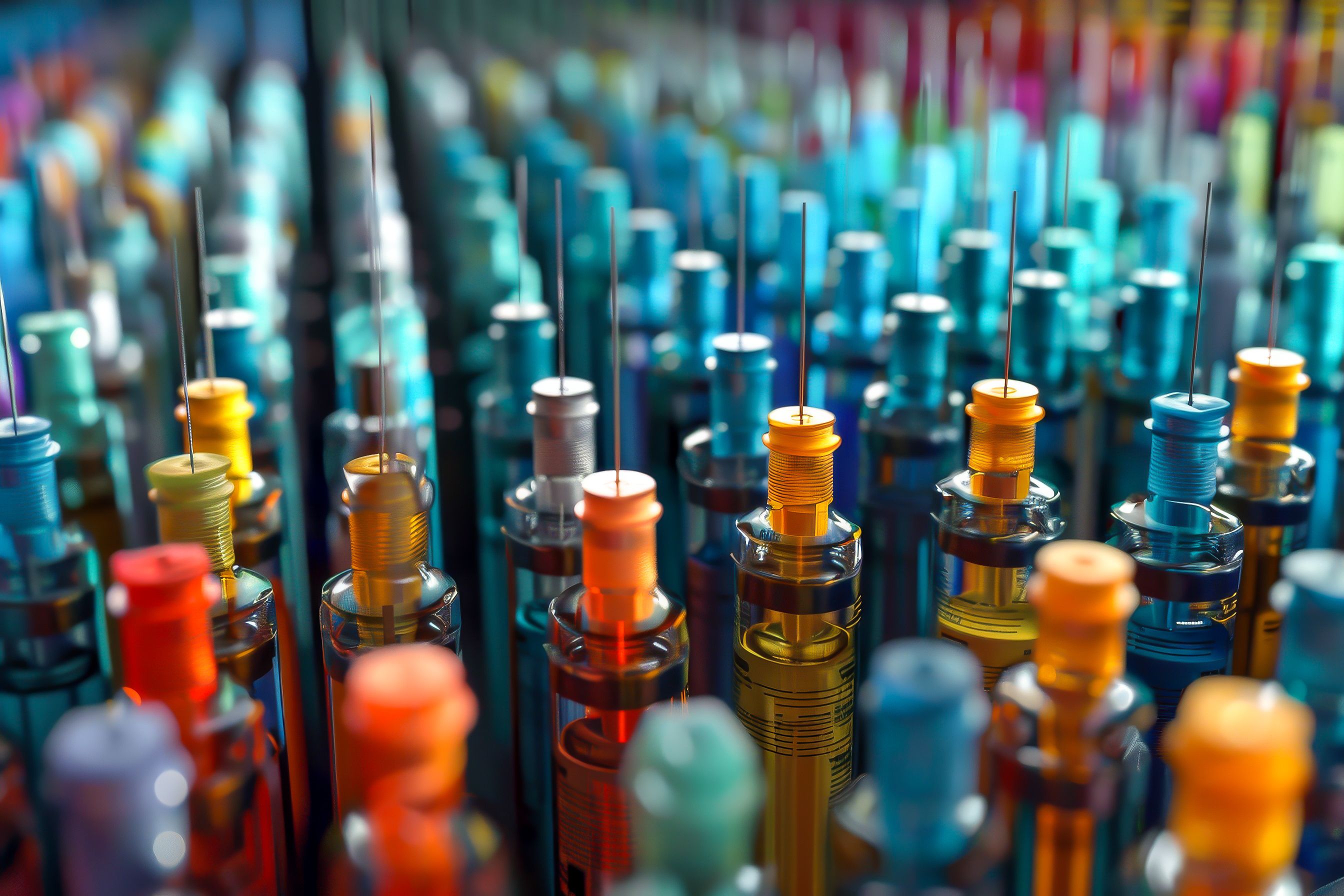Article
Ketamine and More: What's the Status of Antidepressants?
Author(s):
Michael E. Thase, MD, said that current antidepressants are "good, not great" but that there is interest in research into ketamine, even though researchers are not completely sure how it works.
Well-known antidepressants take a long time to work and aren’t effective for many patients—and it’s too early to tell whether new market entrants or promising research on ketamine will fill the void.
And so it is with “The Current State of Antidepressant Therapy: 2015,” presented Thursday by Michael E. Thase, MD, professor of psychiatry at the Perelman School of Medicine, University of Pennsylvania, at the 28th US Psychiatric and Mental Health Congress in San Diego, California.
Combinations of antidepressants, and the use of second-generation antipsychotics to treat depression—including some off-label uses—are giving clinicians new tools to address hard-to-treat cases, Thase said. But unmet needs and the challenges of side effects remain; current therapies are “good, not great,” he said.
“Most of the good comes from taking good care of people,” said Thase. “No talk about antidepressants is complete without noting that.”
He lamented that antidepressants have developed an unwarranted bad reputation in the media in recent years as the number of prescriptions has soared; many more patients now obtain them through primary care settings without accompanying counseling. Long-term evidence shows that antidepressants are most effective in those patients with the most serious problems, Thase said, so it makes sense that overall levels of effectiveness would seem to drop as more patients with less serious depression take them.
Complicating factors is the nature of people enrolling in clinical trials, he said. Because clinicians have been less likely to refer patients for enrollment, trials have become populated with “professional patients,” people who Thase said make a living taking part in studies. To remain eligible for future studies, some of these participants did not take the medicine, which Thase said magnified the similar effect of the drug to placebo.
Confusion and fear that antidepressants might increase suicide risk in younger patients led the FDA to issue a warning in 2003, which resulted in a drop in prescriptions for depression, Thase said. The only result was an increase in suicides, he said. “Having depression and not being treated is the risk factor in suicide,” he said.
First-line Treatment. The consensus across all guidelines is that first-line therapy should be 1 of 3 common classes: selective serotonin reuptake inhibitors (SSRIs), serotonin-norepinephrine reuptake inhibitors (SNRIs), and bupropion, a norepinephrine-dopamine reuptake inhibitor (NDRI).
Three new antidepressants have been introduced in recent years, although there is less long-term data available on them: vilazodone, approved in 2011; levomilnacipran and vortioxetine, both approved in 2013.
Vilazodone, Thase said, has a lower incidence of sexual side effects than many earlier antidepressants; it is similar to bupropion in this regard. There is not much data yet on “switching,” he said, but patients who did poorly on SSRIs may do better. Levomilnacipran was initially brought to US markets as a therapy for fibromyalgia. Vortioxetine was only approved in the United States at much higher doses than in other countries; it is predicted to be cognitive enhancing, he said. It will not cure dementia, but it may produce beneficial effects in cognition.
The use of drug combinations is becoming more common, with one-third of physicians using antidepressants in combination, Thase said. Drugs can be made to work more quickly, for example. He warned that effective combinations often do not have FDA approval, and that it can take the “hands of an artisan,” who understands dosing to do this effectively.
Second-generation antipsychotics being used in combinations are olanzapine, quetiapine, and lurasidone, which have established efficacy in bipolar depression; quetiapine has efficacy in major depressive disorder (MDD). Some questions include whether efficacy is sustained and metabolic complications.
Excitement Over Ketamine. A dissociative anesthetic, studies of ketamine are tightly controlled because of its potential for abuse. Its potential for therapeutic benefit is tied to its rapid improvement in neuronal connectively, which promotes improvement of depressive symptoms in as little as 24 hours. Patients do not have to wait 2 weeks to see some improvement and up to 6 weeks for stabilization; for those suffering severe depression, this can be life-saving.
Thase showed results from studies by the National Institute of Mental Health involving patients with MDD and bipolar depression with depression scores improving dramatically in just a week, which appears to be the duration of the effects of an infusion. Many unknowns remain, however. It is too early to say whether patients will develop tolerance for the therapy or whether too many doses will prove toxic. Too little is known about how ketamine works, and researchers wonder whether the ketamine-like effect be created with other, less problematic therapies.

The Importance of Examining and Preventing Atrial Fibrillation




